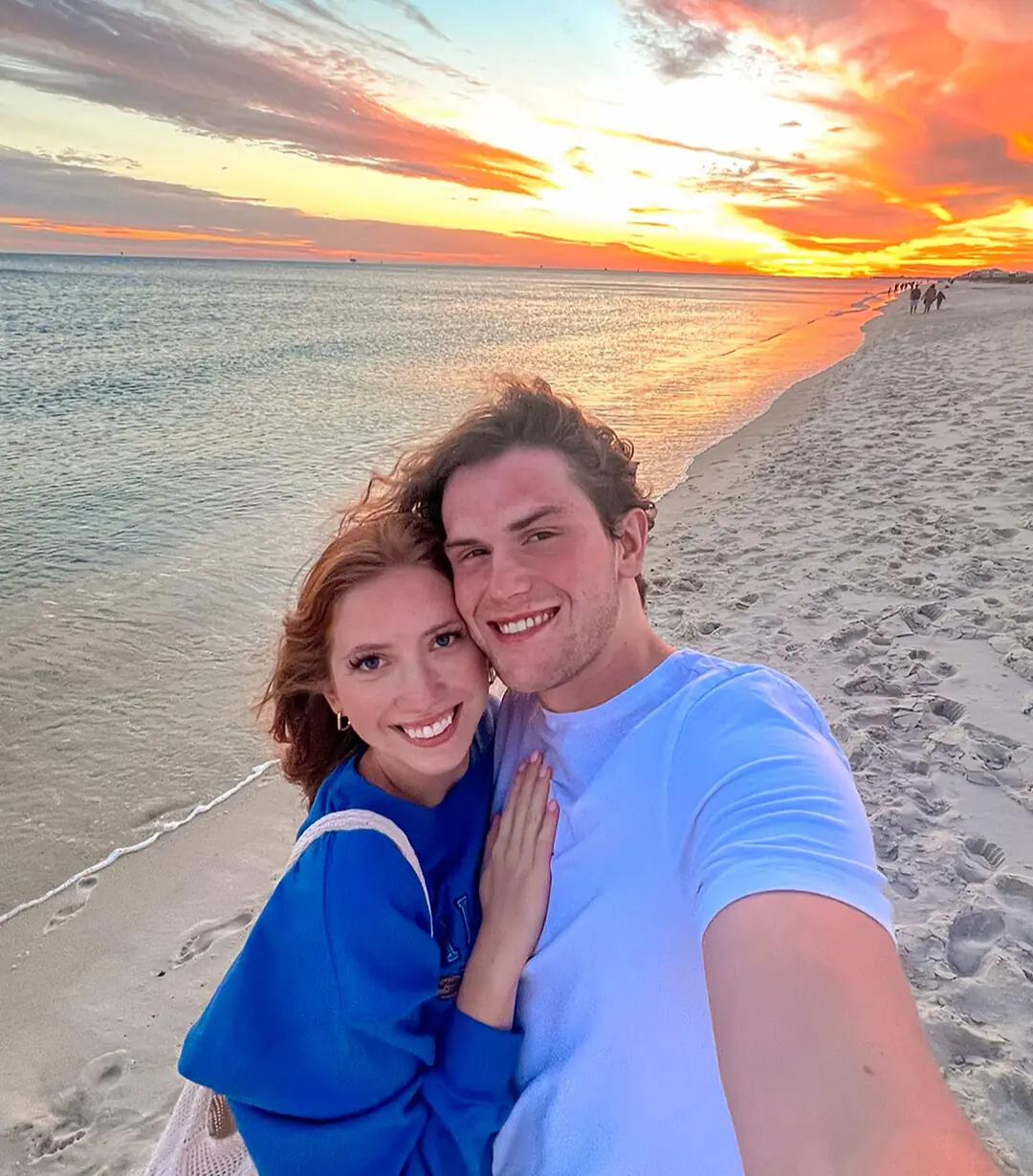
Mother Discovers She Is Not the Biological Parent of Her 7-Year-Old Son, Neither Is His Father
Peter and Emily were the kind of couple that neighbors quietly admired from afar. They had known each other since their sandbox days in kindergarten and shared a bond so rare that most considered them soulmates. Their relationship blossomed effortlessly through childhood, bloomed in adolescence, and by the time they were both in their thirties, they had been inseparable for more than two decades.
Their marriage was grounded in deep friendship, mutual respect, and a firm rule they both upheld: never go to bed angry. Even during disagreements, their love had a way of gently pulling them back together before the sun could rise on an unresolved quarrel.
Peter was soft-spoken and introspective—a man who found comfort in quiet evenings and thoughtful routines. Emily, on the other hand, was a vibrant, outspoken extrovert who never shied away from expressing herself. Despite their differences, they complemented each other beautifully. Where he was calm, she was fire. Where she was impulsive, he brought reason. Together, they were balanced.
Their joy was complete when they welcomed their first child, a baby boy they named Jacob. From the very beginning, the boy was the center of their world. Peter would hum lullabies while Emily rocked him to sleep, and the couple found themselves falling even more in love—not just with each other, but with the little family they were building.
As Jacob grew, however, so did an unspoken concern.
At first, it was Peter’s friends who joked. “You sure he's yours, man? Not even the nose?” they would laugh. Peter laughed with them, but inside, the remarks left small cracks in his confidence. His eyes began to linger longer on Jacob’s features. The hair, the eyes, the shape of his jaw—it all felt unfamiliar.
Peter kept these worries buried. He loved his son dearly, and the thought that there might be something wrong with how he was feeling made him feel disloyal—not to Emily, but to Jacob.
The whispers of doubt didn’t go away. When Jacob turned four, Peter realized with quiet alarm that his son didn’t look like Emily either. He’d initially chalked it up to weak genes or skipped generations. But now, even extended family members who visited once a year began to comment, trying to be polite but clearly puzzled.
One afternoon, as they flipped through baby photos, Peter's mother gently asked, “You sure you didn’t get the wrong baby at the hospital?” It was a joke, but it landed like a stone in Peter’s gut.
Emily dismissed the comments cheerfully. “Kids grow into their features. You’ll see, one day he’ll have Peter’s dimples.” Peter smiled and nodded, but the seed of doubt had taken root.
Eventually, he could no longer ignore the unease. One quiet evening, while Jacob was asleep, Peter turned to Emily.
“I need to ask you something, and I want the truth,” he said gently, his voice steady but strained. “Is Jacob my son?”
Emily was stunned. “Of course, he is! What kind of question is that?” But there was a flicker of something—confusion, not guilt—that made Peter hesitate.
He didn’t push it that night. But the next day, without telling Emily, he ordered a DNA test. When the results came back a week later, his world tilted on its axis. The report confirmed that he was not Jacob’s biological father.
Peter was devastated. He felt betrayed, angry, heartbroken. Yet when he returned home that evening, planning to confront Emily, he found her at the dining table helping Jacob with his math homework. The boy’s head rested against her arm, laughing at her jokes.
Peter hesitated. Whatever the test said, that boy was his son. But he still needed answers.
After Jacob went out to play, Peter laid the test results in front of Emily. “I didn’t want to do this. But I had to know.”
Emily’s face fell. She didn’t argue about the betrayal of trust. She only stared at the paper, her brow furrowed. “If you’re not his father,” she whispered, her voice shaking, “then... then how am I his mother?”
The realization hit them both like a storm.
Emily insisted on getting her own DNA test. A week later, the results confirmed the unthinkable—Jacob was not her biological child either.
They sat in silence for hours, processing the magnitude of it. How could this be possible? They had both been present at his birth. She had carried him. Or at least... she had believed she did.
Determined to find the truth, they returned to the hospital where Emily had delivered Jacob. It had been seven years, and much had changed—new staff, different administration—but one employee still remembered their case and promised to investigate.
Days turned into weeks. Meanwhile, Peter and Emily continued raising Jacob with the same devotion as before. He was still their son—no test could ever undo the bond they had formed.
Finally, the hospital representative contacted them. He had discovered a tragic clerical error: two baby boys had been born on the same night, and due to a mislabeled bassinet during a hectic shift, the infants had been switched.
The other couple, unaware just like Peter and Emily, had taken home their biological child—and Peter and Emily had taken home theirs.
The hospital provided contact details, and after much debate and reflection, Peter and Emily reached out. It took months of delicate conversations, emotional meetings, and legal mediation, but eventually, they met the other family.
Their biological son, a bright and shy boy named Mason, looked so much like Peter that it was almost unsettling. Peter choked up when he first saw him. “I guess I don’t have weak genes after all,” he whispered with a bittersweet smile.
The other couple, Alan and Grace, were equally shaken when they met Jacob. They could see the similarities to themselves at once, but they also saw how much love he had received.
Neither family wanted to uproot the children’s lives. After all, for seven years, they had each raised their son with love, sacrifice, and joy. So they made a choice—one that shocked many but made perfect sense to them.
They would remain in close contact and raise the boys with full knowledge of their unique journey. Weekends were swapped, holidays were shared, and over time, they formed something even more beautiful—a blended family built not by biology alone, but by love, truth, and resilience.
What can we learn from this story?
-
Love goes deeper than blood. Despite the shocking discovery, Peter and Emily never stopped loving Jacob. He was their son in every way that mattered.
-
Communication is key. Though difficult, Peter’s courage to ask the hard question led to the uncovering of the truth. It was painful, but it allowed healing to begin.
-
Families are made in many ways. Whether by biology, choice, or circumstance, what truly defines a family is love, commitment, and trust.
News in the same category

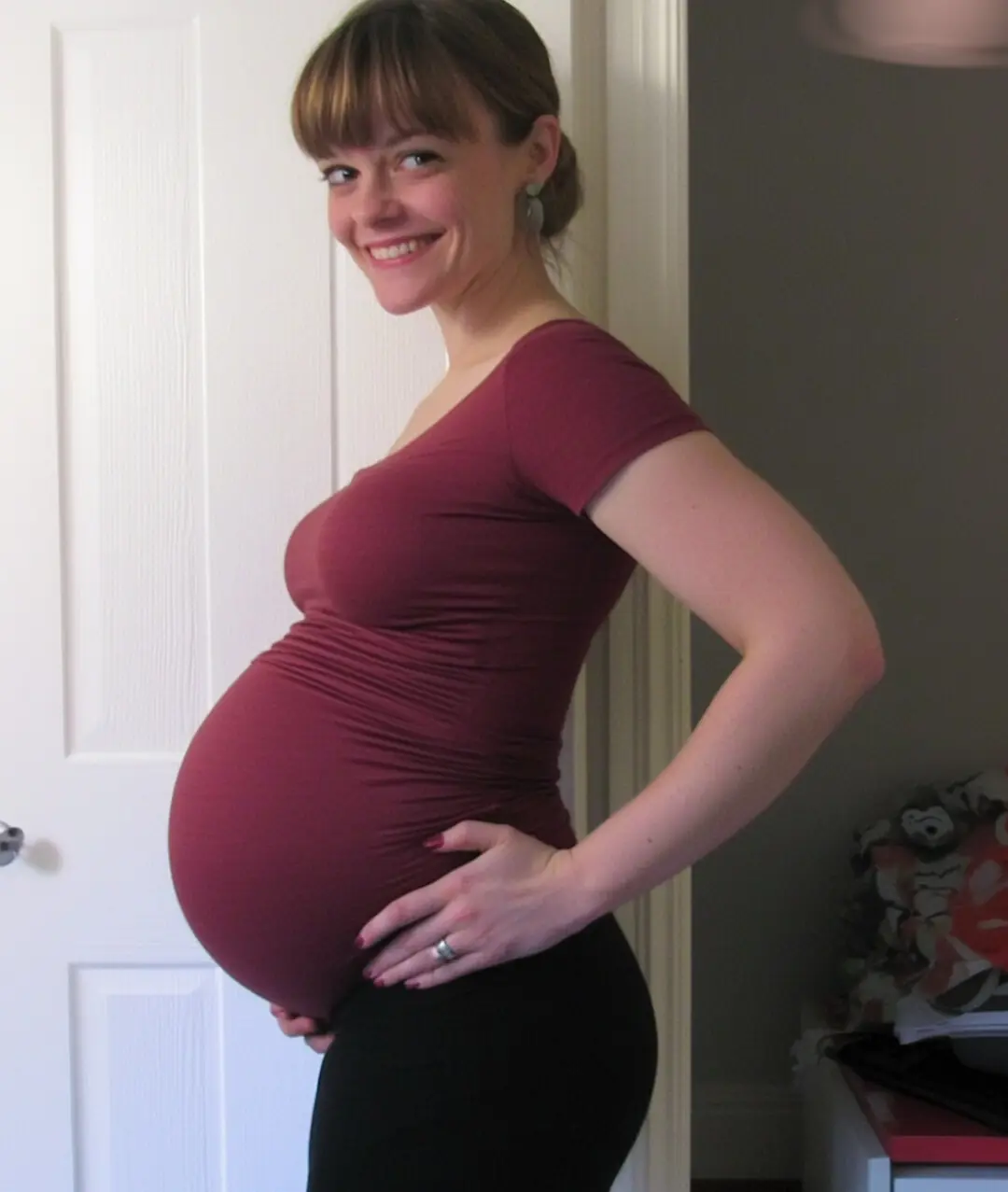
I Was Excited to Meet My Fiancé's Parents, but Dinner Turned Into a Nightmare
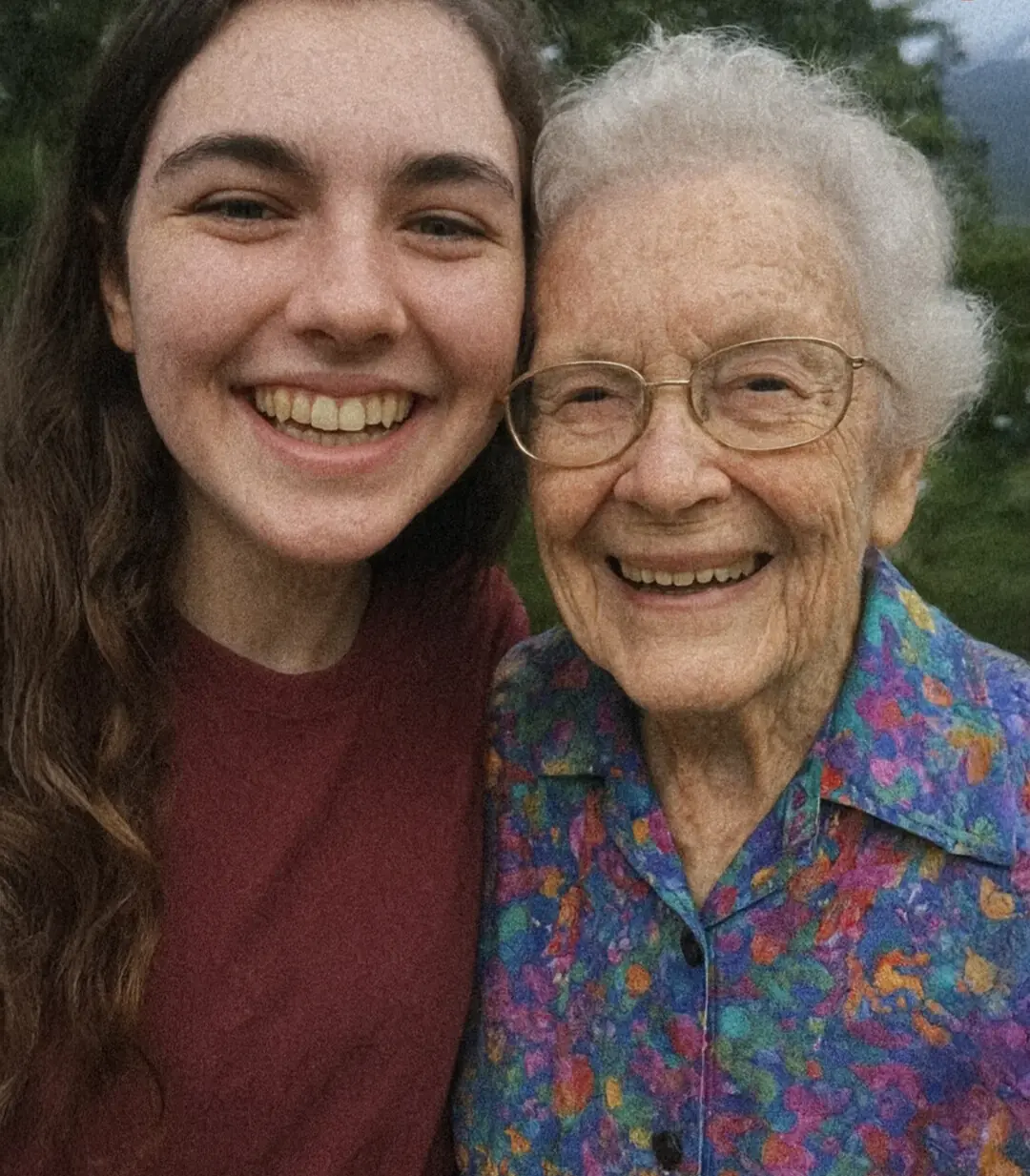
My Grandmother Pretended to Be Deaf to Test Us before Dividing the Inheritance – Everyone Got What They Deserved
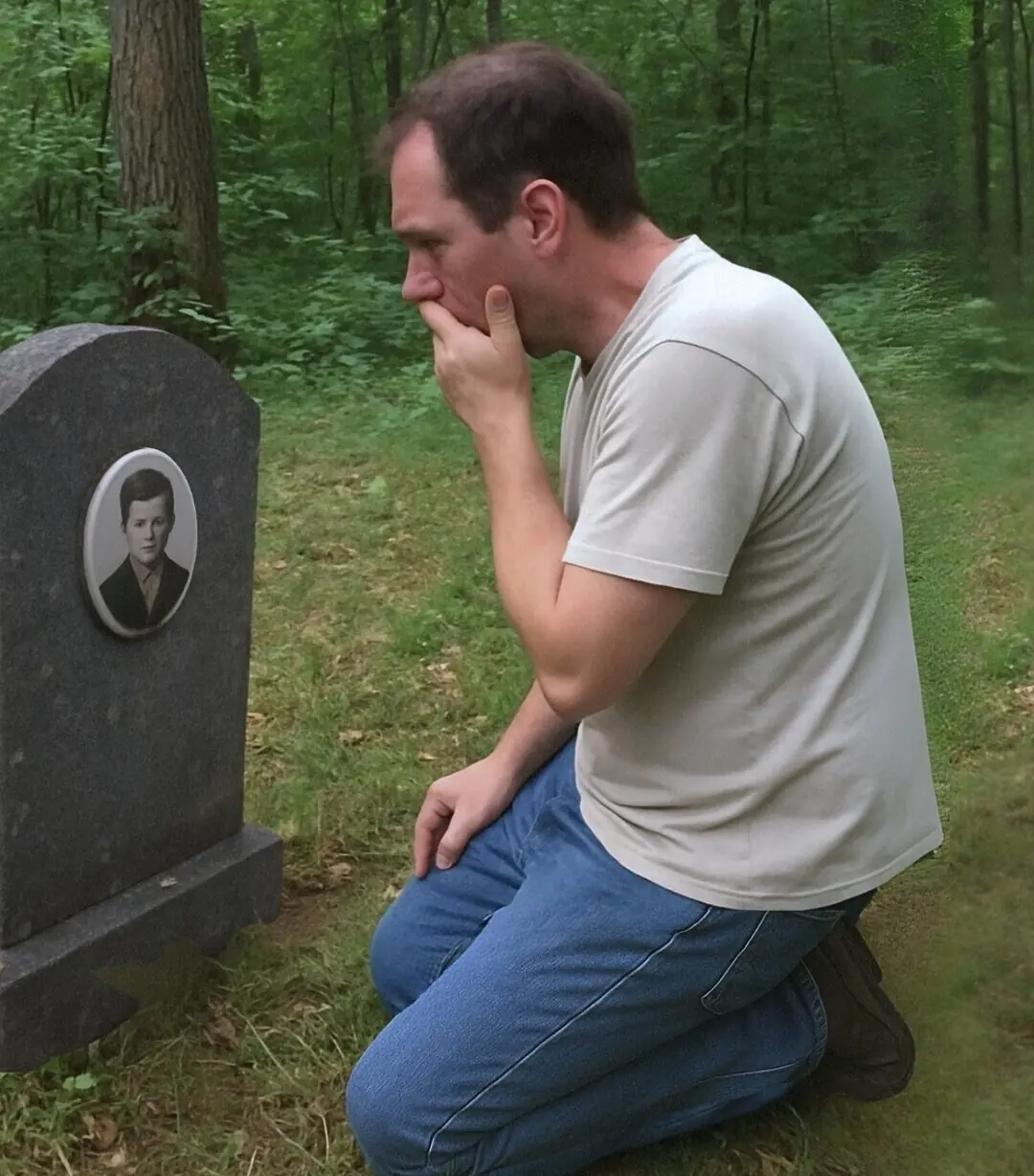
Man Stumbles upon a Headstone in the Woods and Sees His Childhood Photo on It
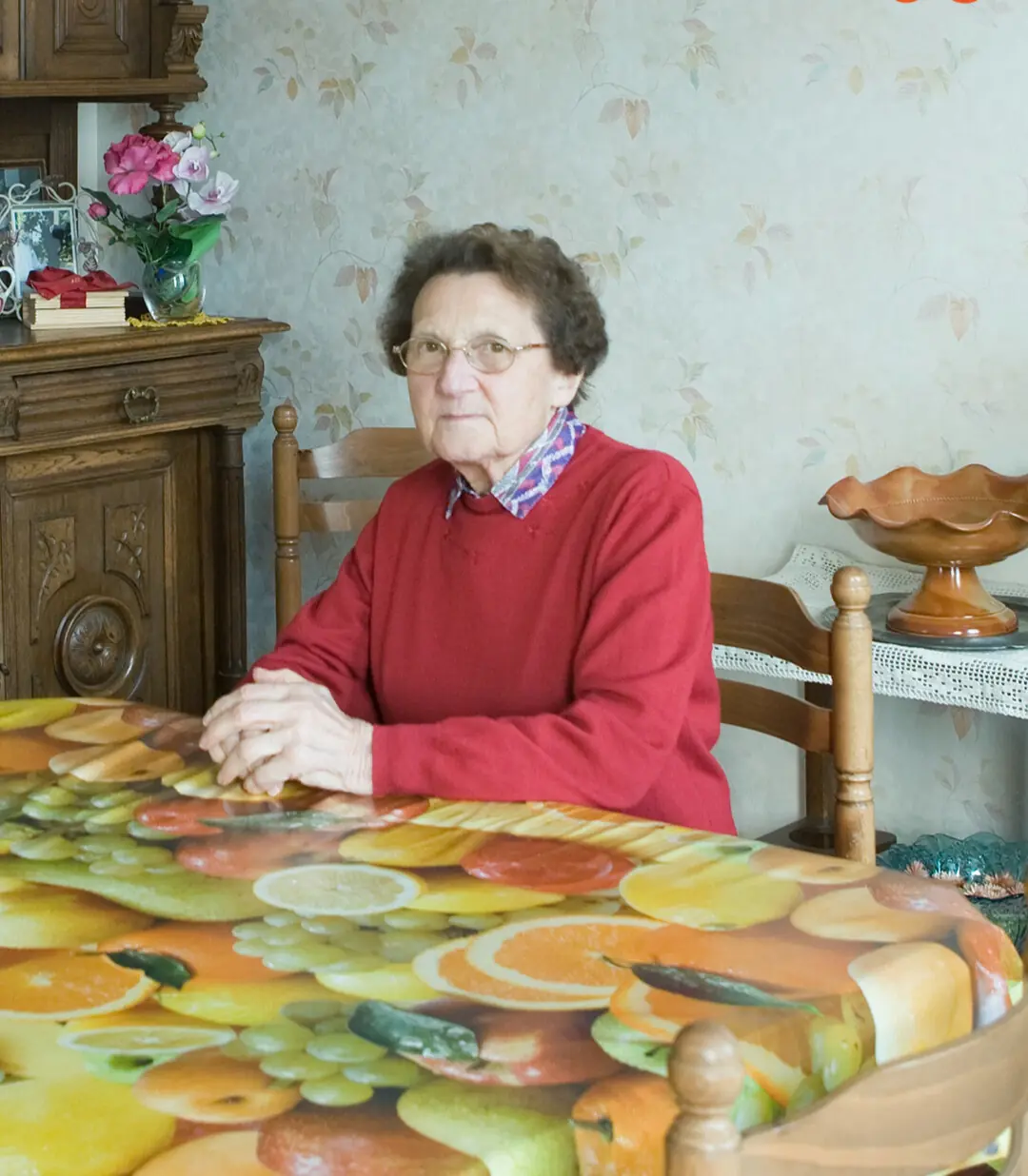
Granny Drains Savings Giving Grandson Best Day of His Life, Only Sees Him Again After 15 Years
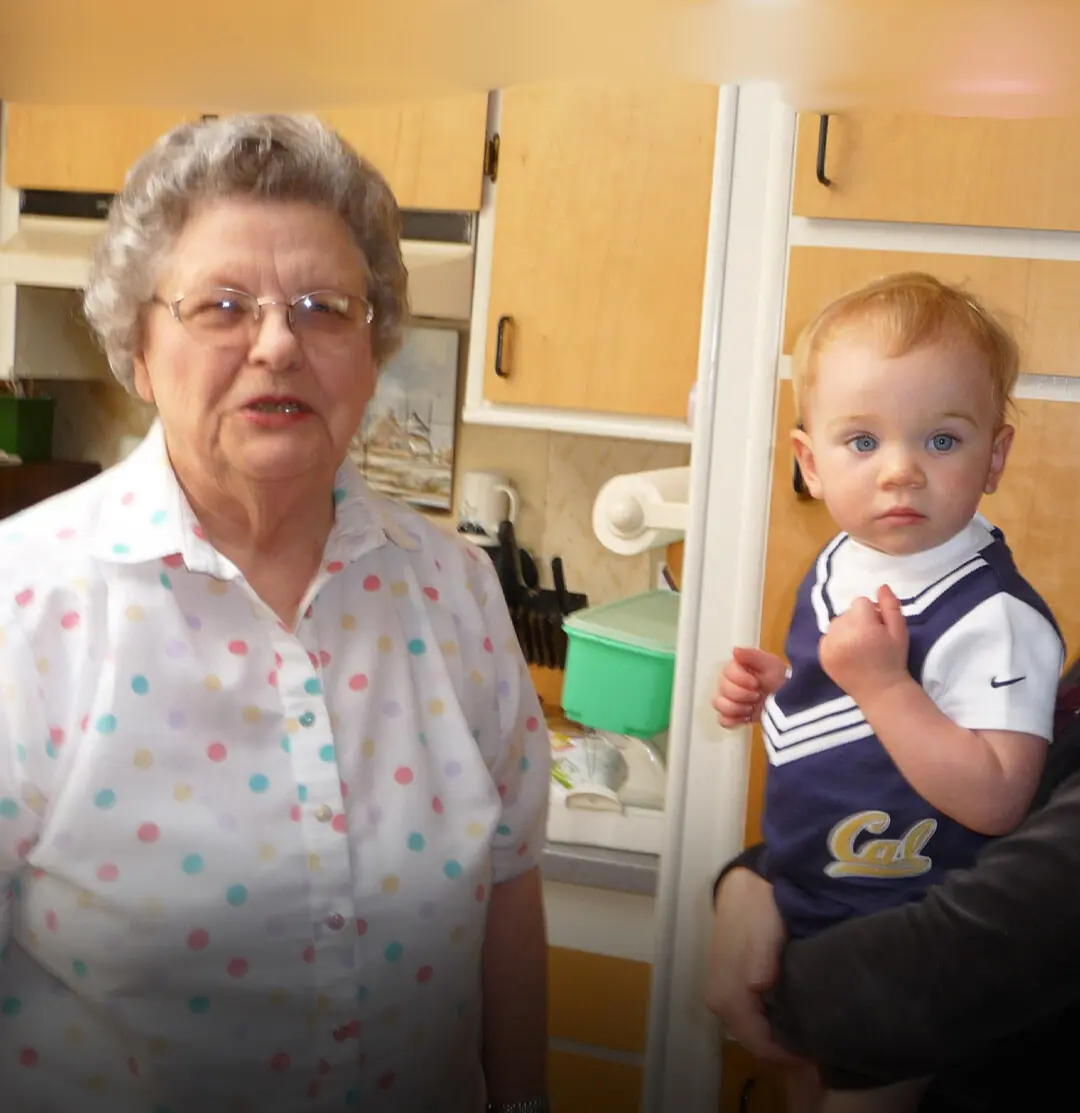
Am I Wrong for Testing My Mother-in-Law on Christmas?
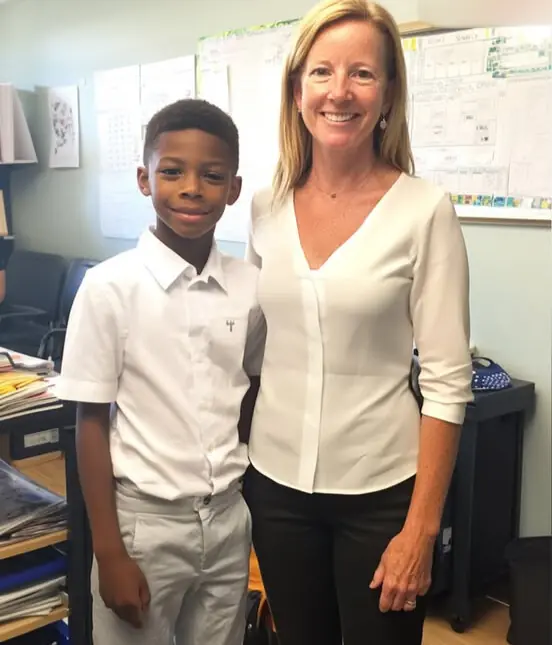
Music Teacher Offers Free Lessons to ‘Poor’ Boy, Then Discovers His Father's True Identity
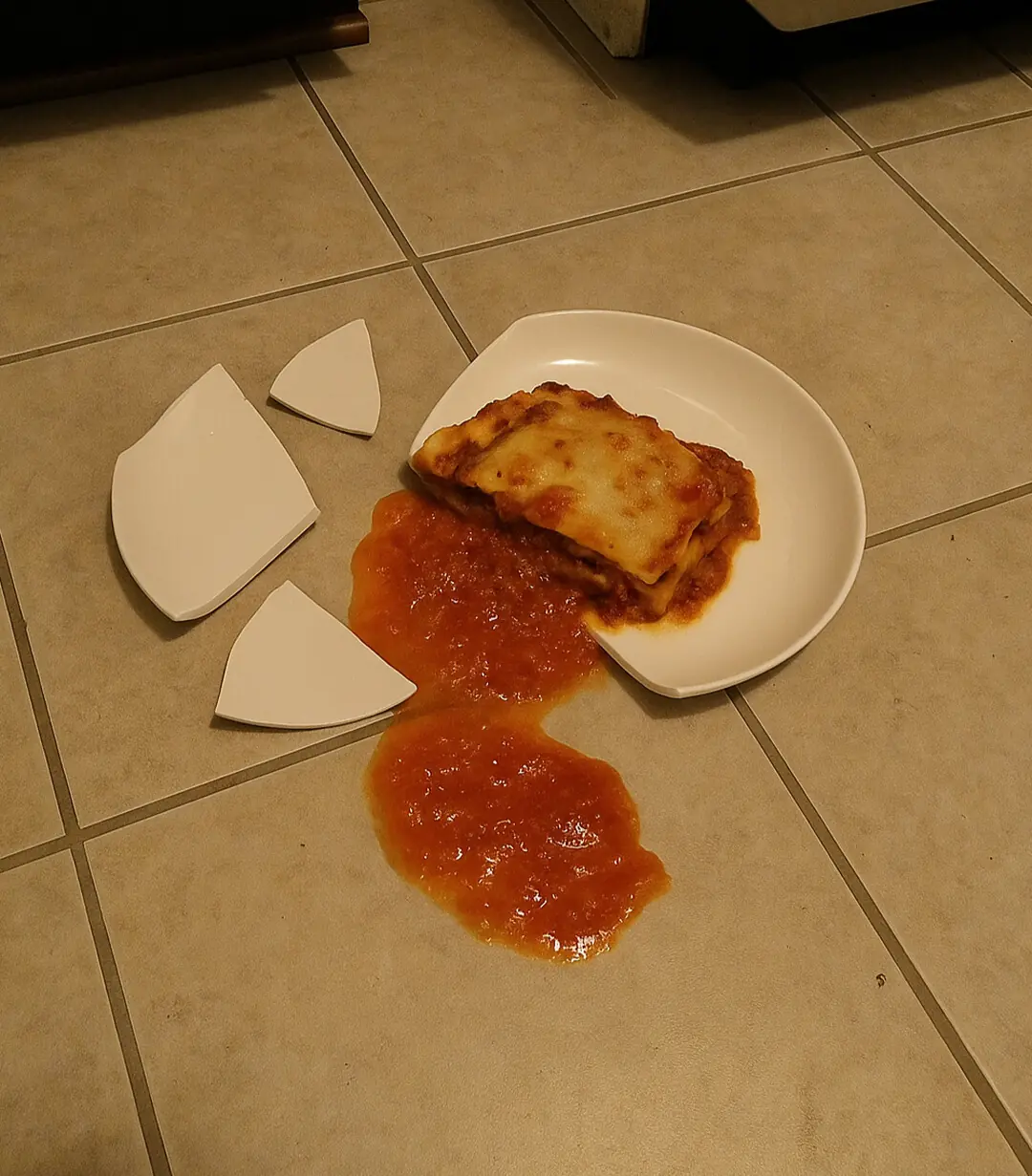
My Stepdad Said He Doesn't Eat the Same Meal Twice and That My Mom Should Cook Fresh Food Every Day — So I Gave Him a Wake-up Call

Deputy Chief of Staff Stephen Miller & Karoline Leavitt Respond to Kamala Harris’ Criticism of President Trump
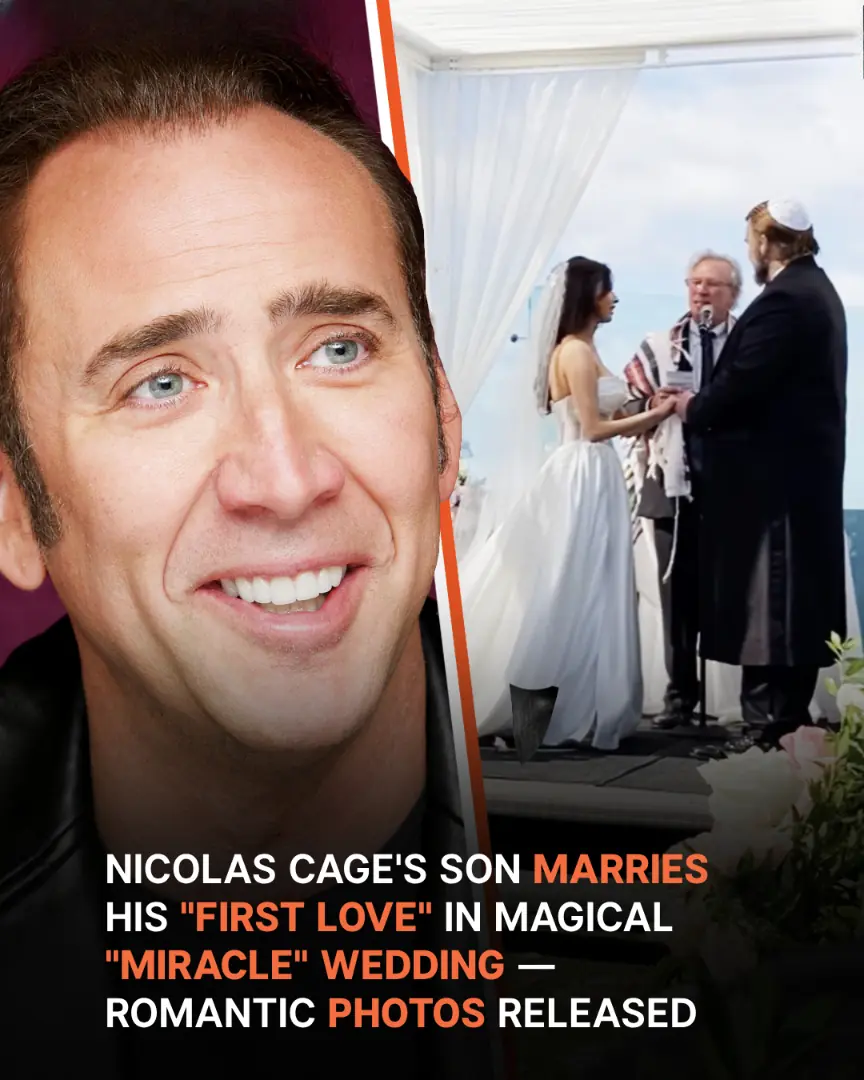
Nicolas Cage's Son Weston Marries the Love of His Life in Romantic Ceremony — Wedding Photos
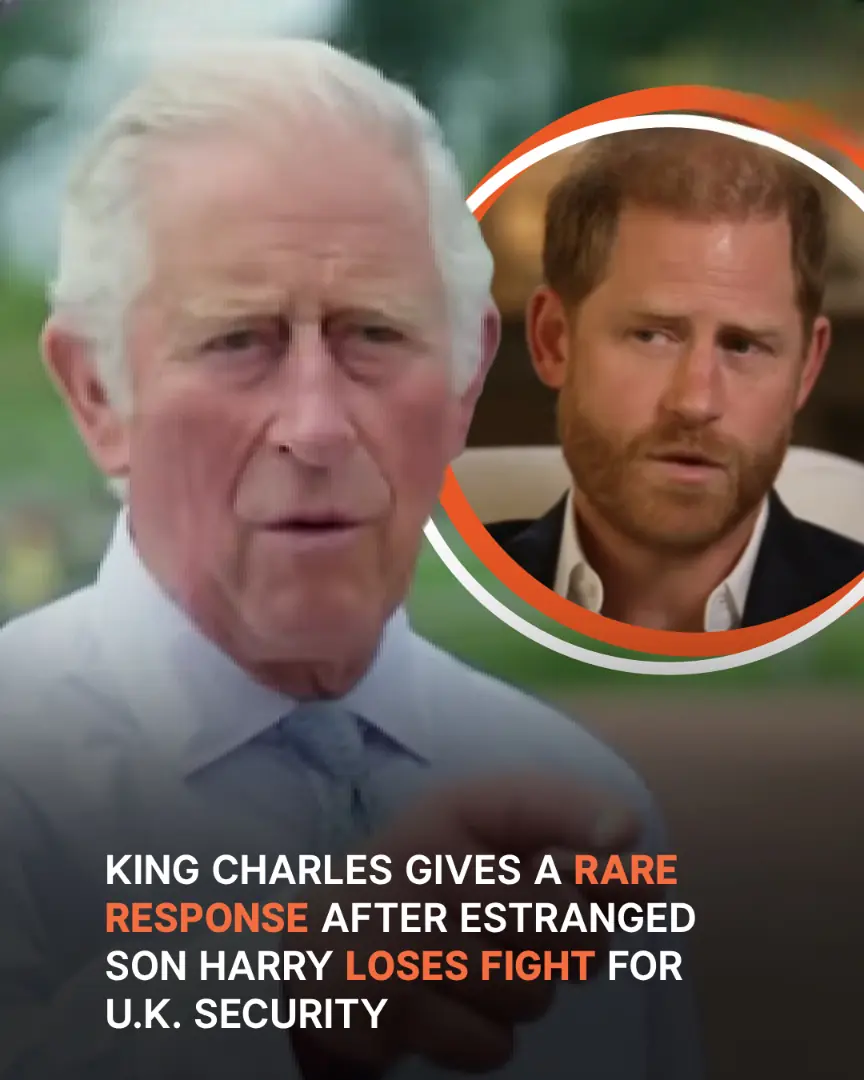
Prince Harry Says He 'Would Love Reconciliation' With the Royal Family — Here's Why
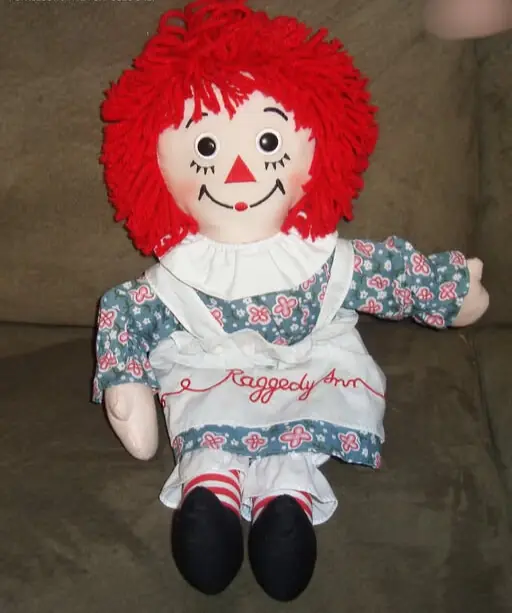
Poor Janitor Buys Old Doll at Flea Market, Gives it to Child & Hears Crackling Sound from It
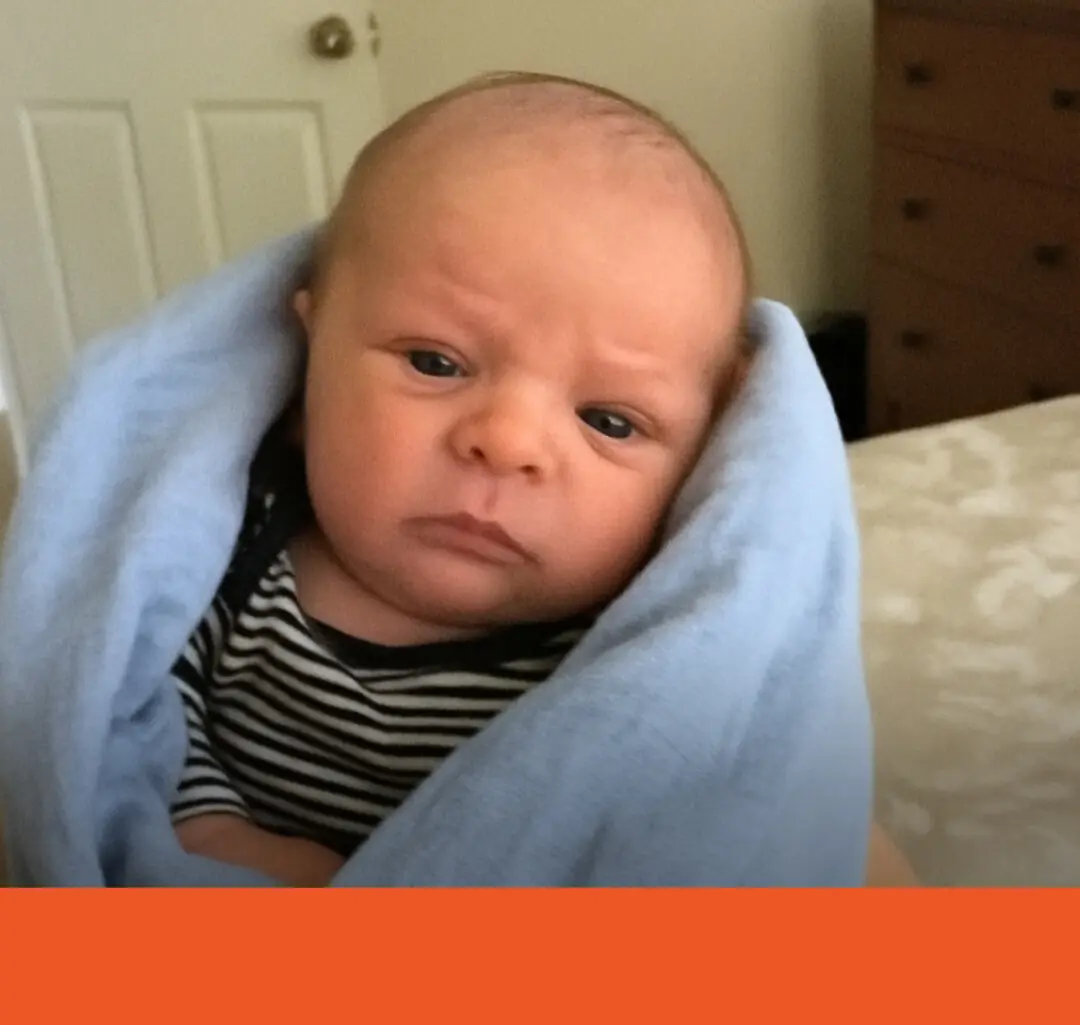
Woman Helps to Deliver Neighbor's Baby, Discovers Her Husband Is the Father
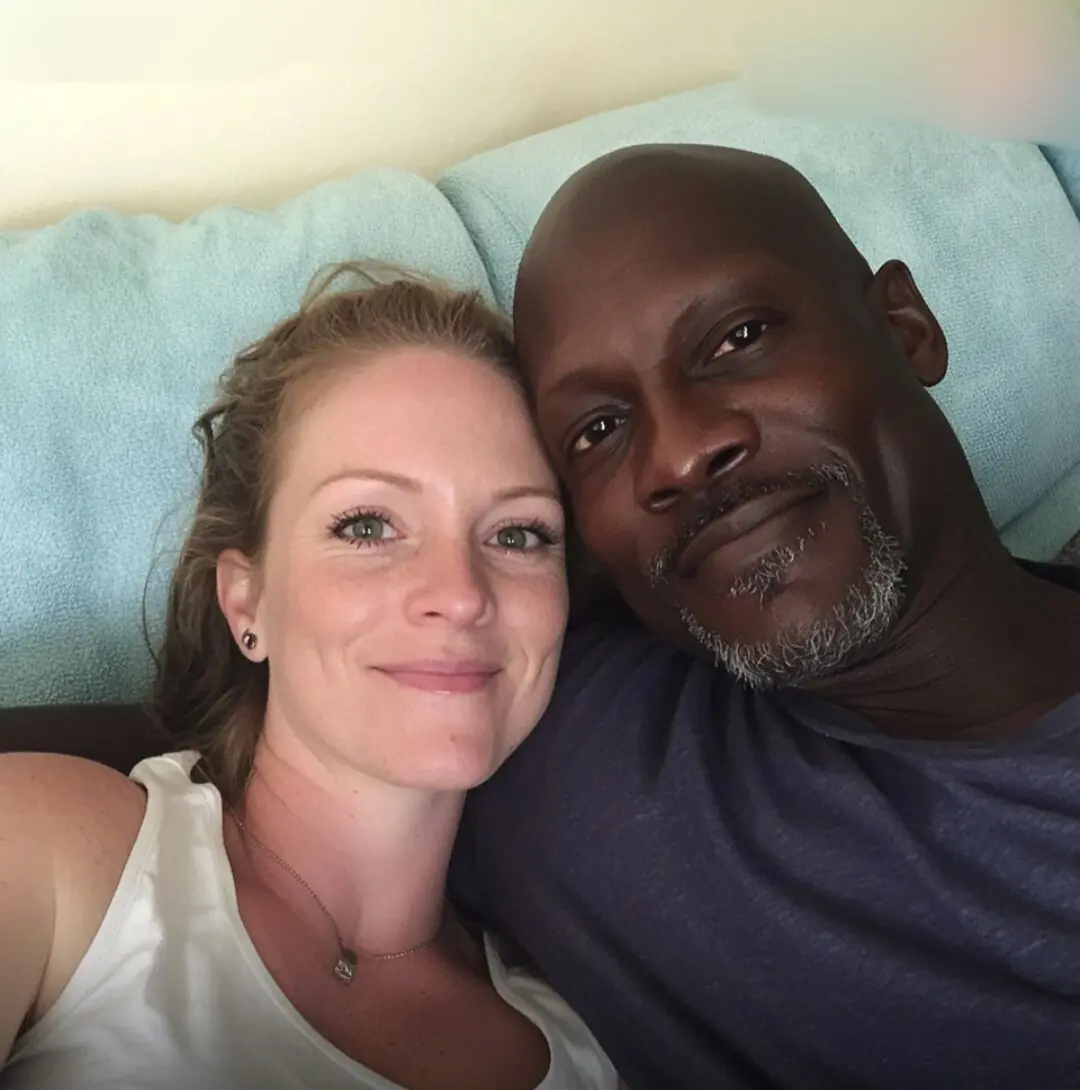
Every Saturday, My Boyfriend Visited His Parents Without Me Until I Followed Him and Uncovered the Shocking Truth
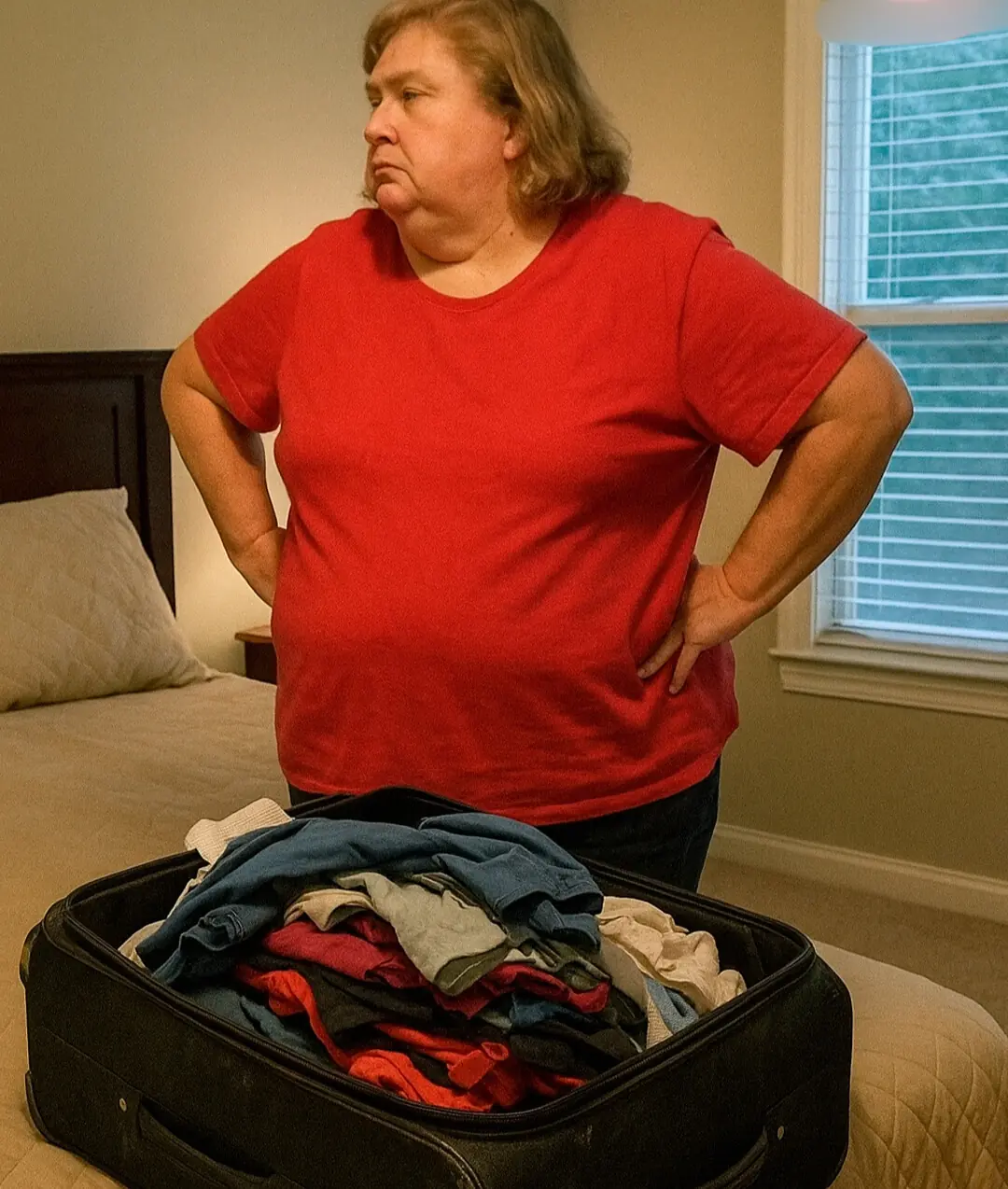
My Sassy MIL Took over Our Bed Without Asking for Years—But This Time, I Set a Trap My In-Laws Walked Right Into
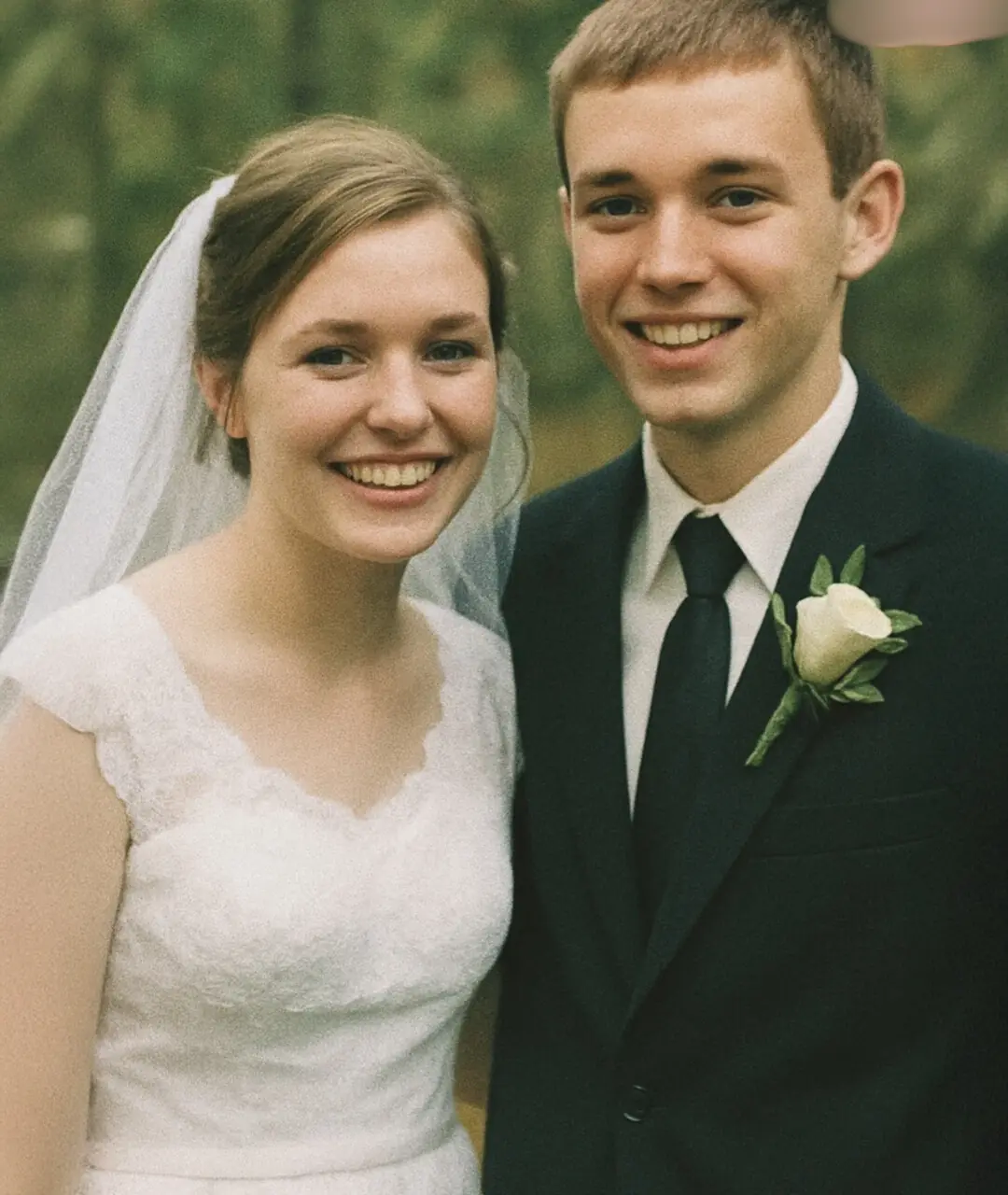
My Son Proposed to a Girl He'd Only Known for 3 Weeks—During the Ceremony, the Police Walked In

My Stepmother Kicked Me Out While My Father Stayed Silent — Days Later, They Were on Their Knees Begging for Forgiveness
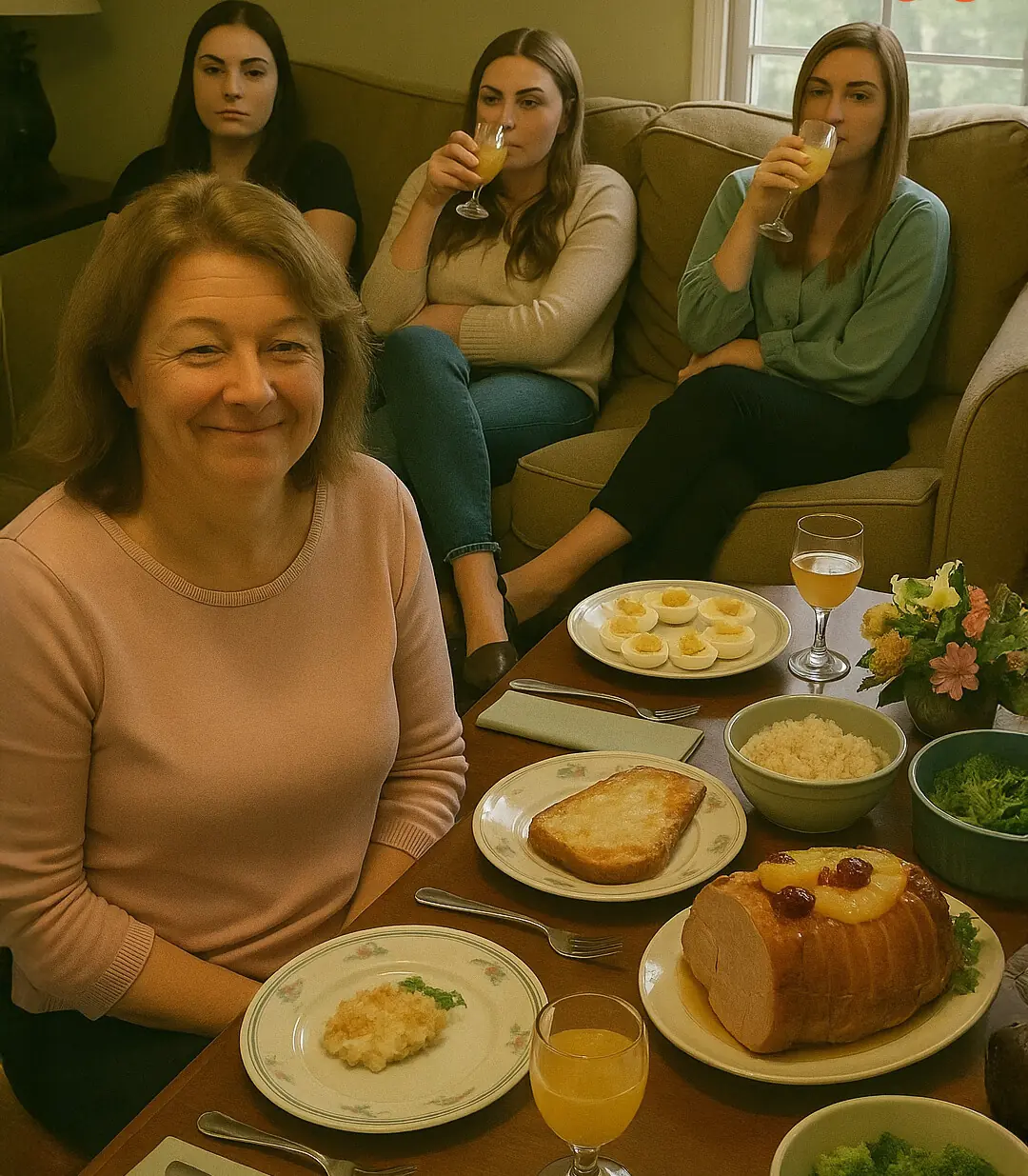
My MIL and Husband's Sisters Forced Me to Clean Up Alone After Easter Feast—I Agreed, but They Weren't Ready for My 'Surprise'
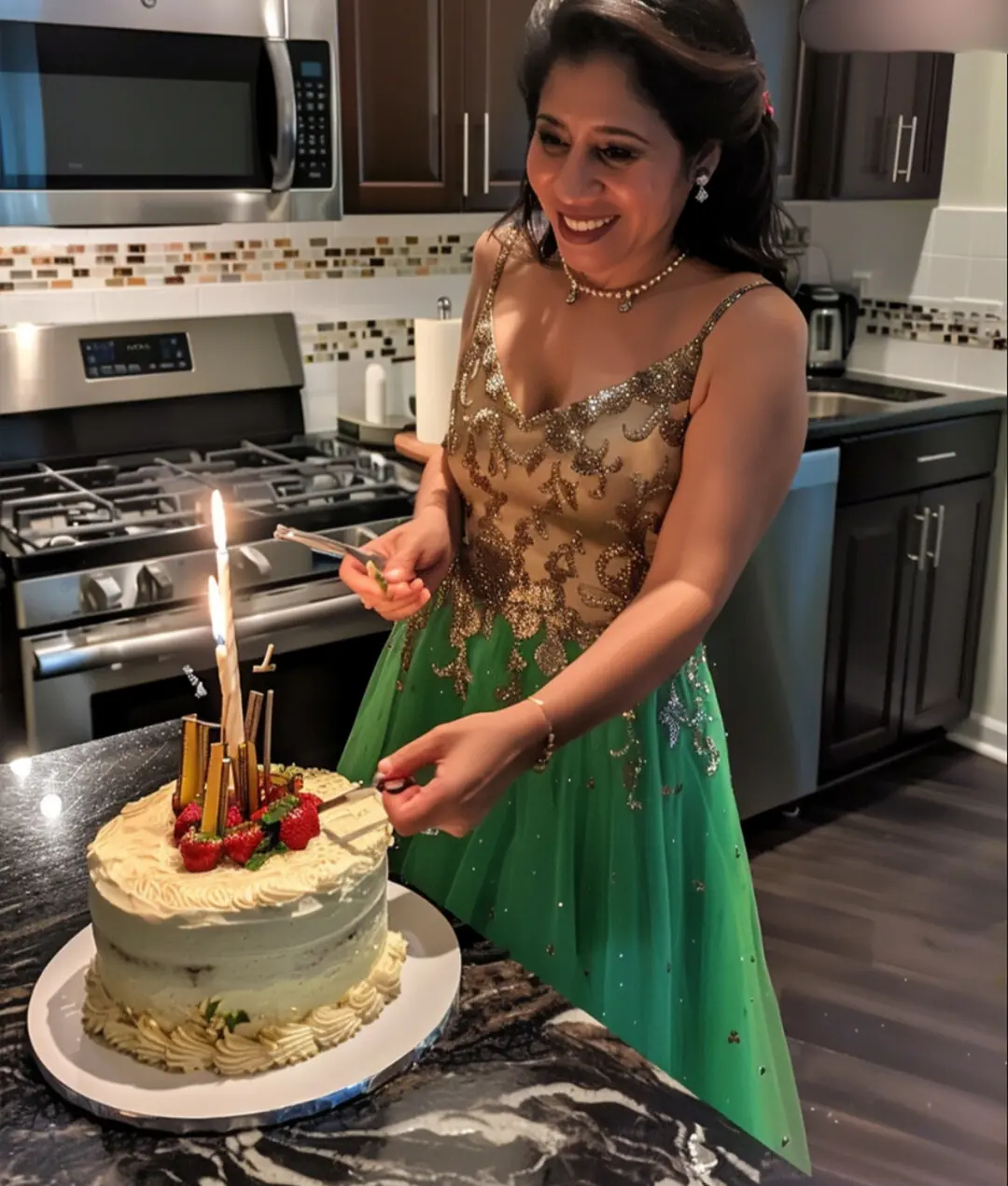
I Paid and Organized My Niece's 16th Birthday—Then She Demanded I Sit In the Kitchen During the Party
News Post

A Man Goes on a First Date with His Coworker and Sees That She Is Trying Her Best to Ruin It

I Was Excited to Meet My Fiancé's Parents, but Dinner Turned Into a Nightmare

My Grandmother Pretended to Be Deaf to Test Us before Dividing the Inheritance – Everyone Got What They Deserved

Man Stumbles upon a Headstone in the Woods and Sees His Childhood Photo on It

Granny Drains Savings Giving Grandson Best Day of His Life, Only Sees Him Again After 15 Years

Am I Wrong for Testing My Mother-in-Law on Christmas?

Music Teacher Offers Free Lessons to ‘Poor’ Boy, Then Discovers His Father's True Identity

My Stepdad Said He Doesn't Eat the Same Meal Twice and That My Mom Should Cook Fresh Food Every Day — So I Gave Him a Wake-up Call
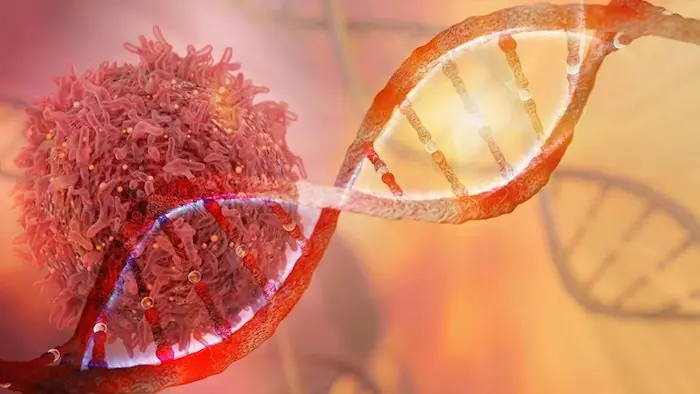
Warning: 9 Silent but Dangerous Signs of Cancer – Listen to Your Body
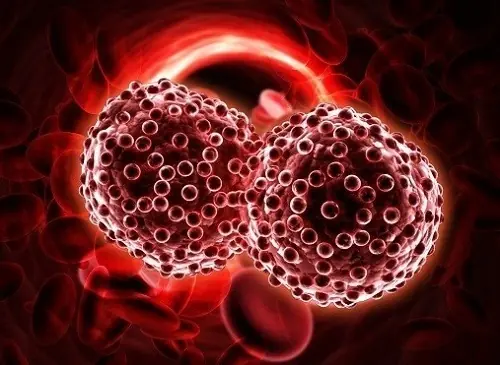
7 Early Signs of Blood Cancer Everyone Should Know
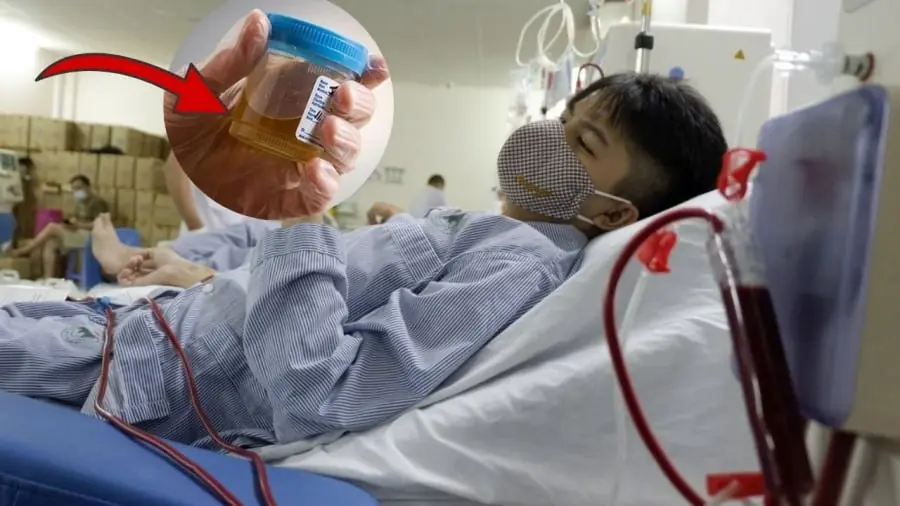
2 SIGNS OF KIDNEY DAMAGE: IF YOUR MORNING URINE HAS THIS COLOR, SEE A DOCTOR IMMEDIATELY

Deputy Chief of Staff Stephen Miller & Karoline Leavitt Respond to Kamala Harris’ Criticism of President Trump

Nicolas Cage's Son Weston Marries the Love of His Life in Romantic Ceremony — Wedding Photos

Prince Harry Says He 'Would Love Reconciliation' With the Royal Family — Here's Why

Natural Defense Against Colds and Flu

At 65, I Lost My Vision – But This Drink Brought It Back!

Irresistible Pecan Pie Dump Cake Recipe 🥧
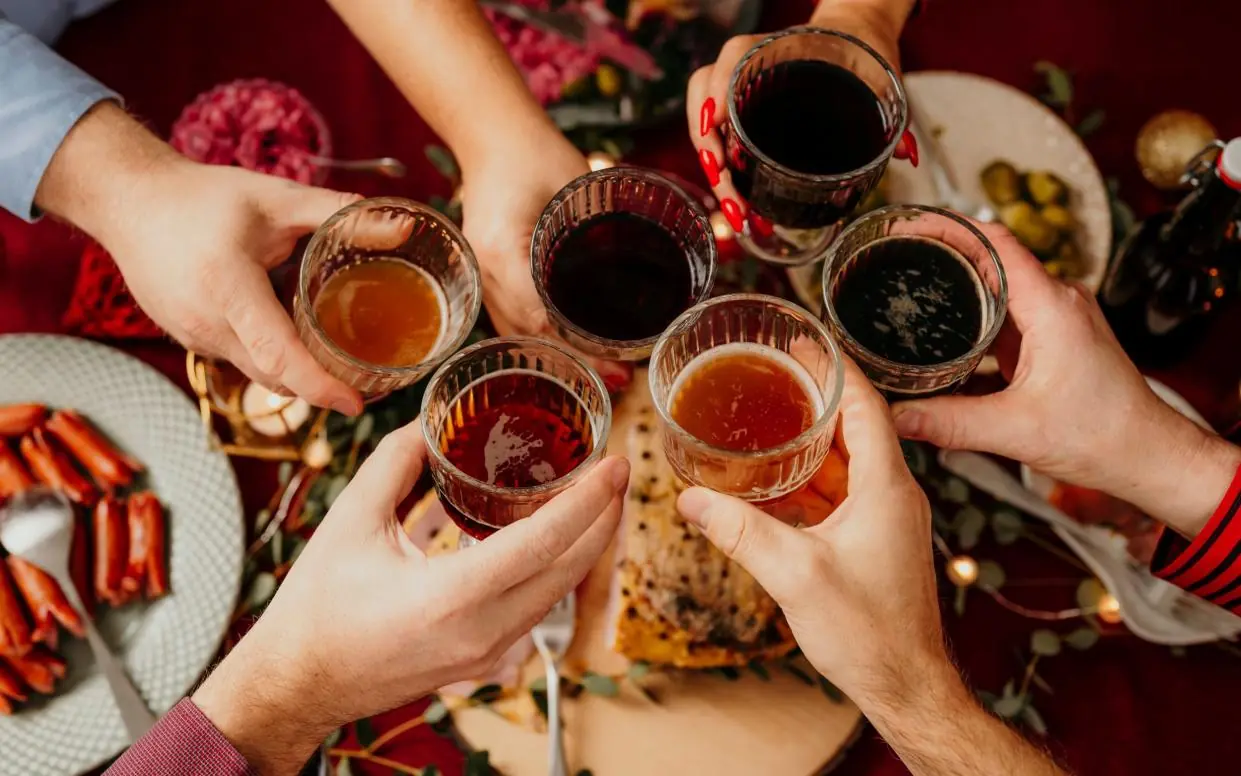
Doctors Say These 9 Hidden Drinking Patterns Are More Dangerous Than Binge Drinking
